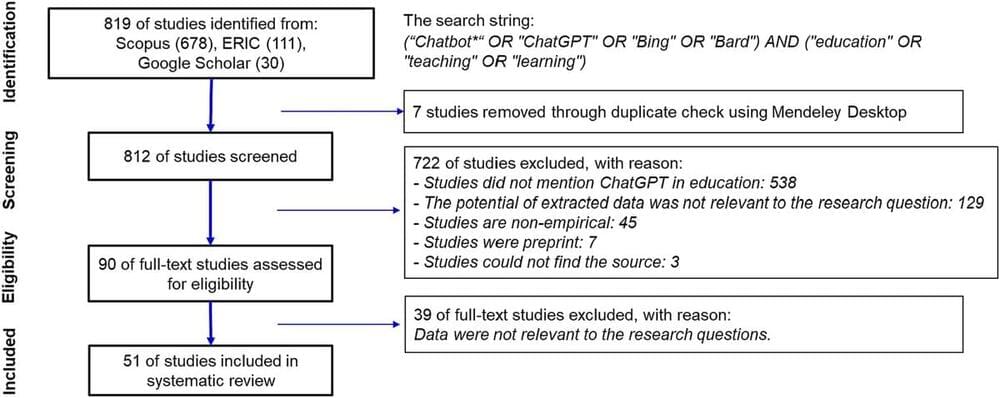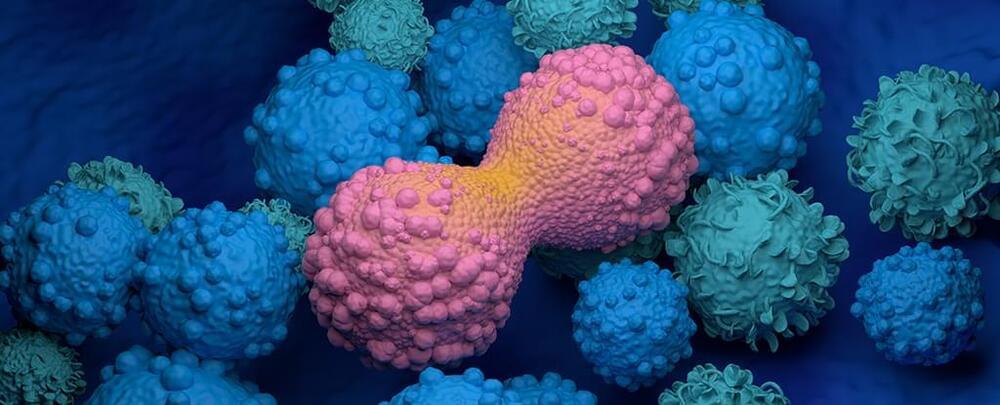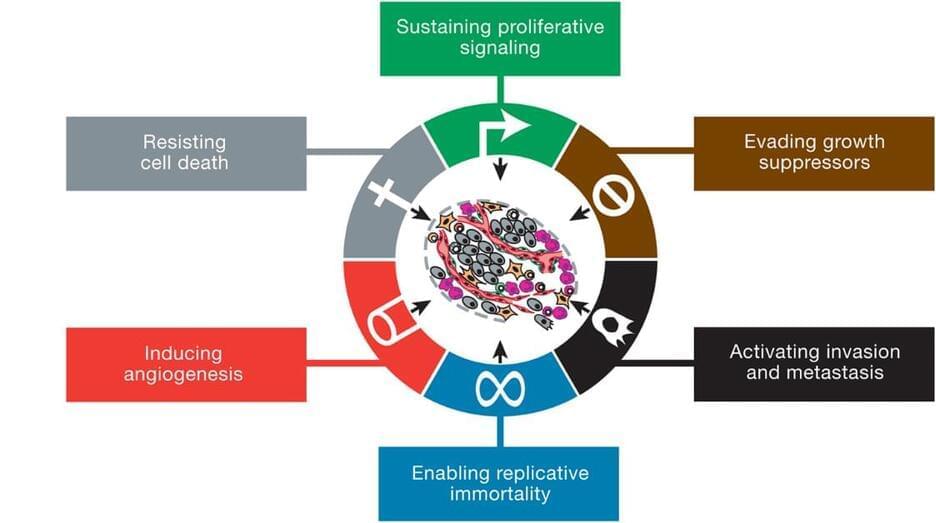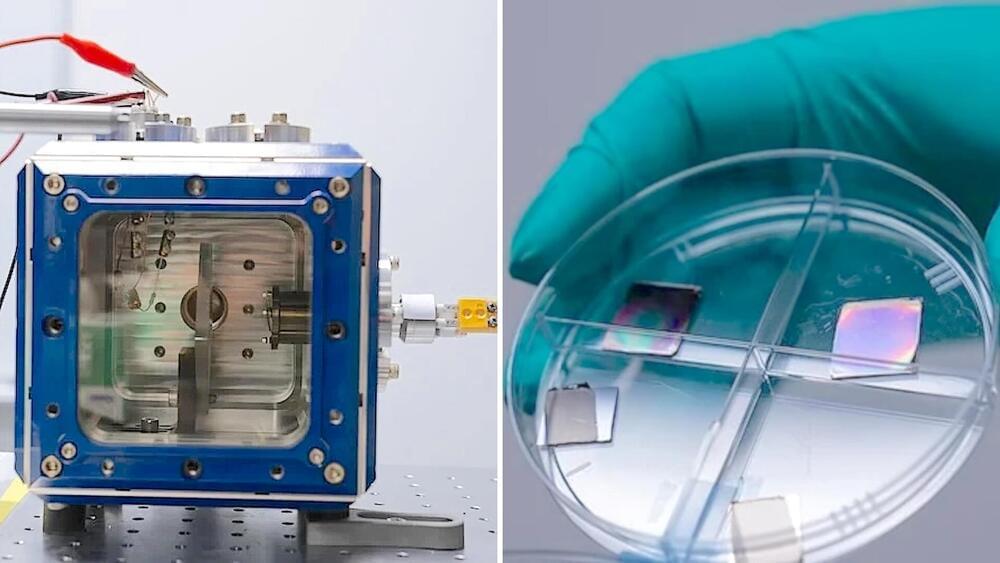Dec 23, 2024
Quantum research sheds new light on how cells communicate
Posted by Paul Battista in category: quantum physics
Have you ever thought that light might hold a key to life’s mysteries? One hundred years ago, Alexander Gurwitsch dared to propose that living cells emit faint ultraviolet light, invisible to the naked eye, to communicate with and stimulate one another.
It was an idea so ahead of its time that many dismissed it outright. Without a physical theory to back it up, his idea was relegated to the chronicles of history. Yet when I encountered his work, I couldn’t help but ask the question: What if the UV effect is quantum mechanical? Armed with modern quantum theory, I began to uncover a new quantum dimension to life itself.


















